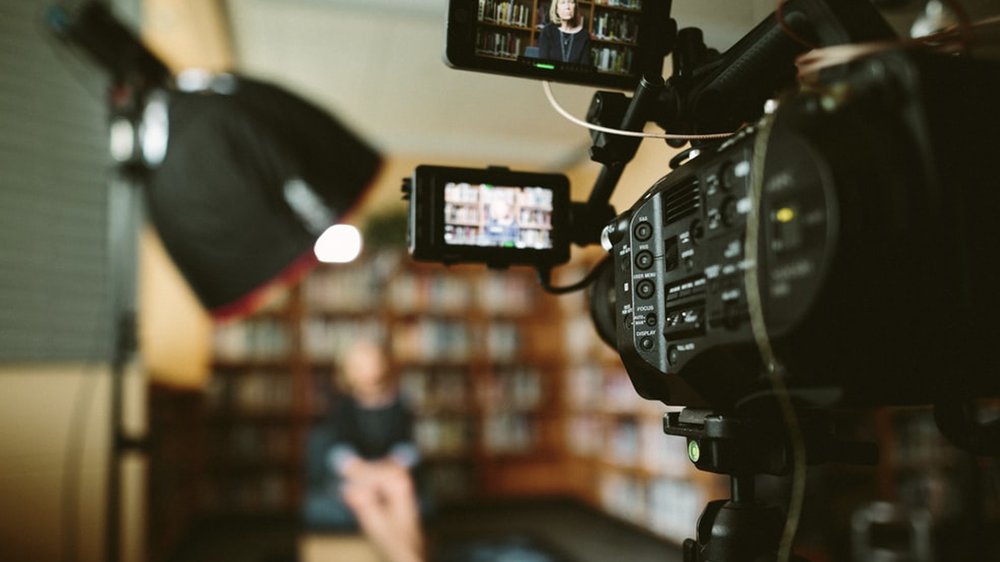The spotlight on culturally responsive teaching may feel amplified by the cultural zeitgeist, but, in fact, strong research about brain function and how students learn is what makes this such an important and powerful framework for educators.
When classrooms are truly responsive to students and their needs, students have increased ability to handle more rigorous content and assume more ownership of their learning.
Importantly, culturally responsive teaching is not a specific pedagogical strategy to implement. Culturally responsive teaching is a lens through which an educator can become more equity-focused by analyzing the teaching and learning within their classrooms.
I recently connected with Zaretta Hammond, author and expert on culturally responsive teaching. We talked about the benefits of culturally responsive teaching and even what educators should say ‘no’ to this school year before addressing the concept of educators acting as personal trainers for students’ cognitive development.
What’s one best practice for becoming a ‘personal trainer’ and a more responsive educator? The use of teacher video observation and teacher video reflection, suggests Hammond.
Video Link: https://youtu.be/45Gl4h8T-SY
A summary of our conversation is below, or you can watch the interview video above.
When it comes to classroom instruction, what does being a culturally responsive educator mean?
When we're talking about being culturally responsive educators, we have to learn to be the personal trainer of students’ cognitive development. We really have to be cognitive mediators. And, we have to look at content and translate it in a way that helps students leverage and understand it using their background knowledge and schema.
Dr. Richard Elmore talks about the instructional core – the teacher, the student, and the content – always being in a dynamic dance. And, when we look in the classroom, that dance goes pretty fast. So we, as educators, need tools to pause ourselves and step back.
Using tools like video, audio clips, and low inference transcripts provide a better snapshot of what's really happening in class. And, it’s with this understanding that educators can actually make changes – both small tweaks and big shifts. These changes are really necessary to move students toward that place where they are the leaders of their own learning.
Why is taking a ‘step back’ and engaging in the reflective process so important for educators?
When I'm working with educators, we always have a collaborative inquiry component. During this time we are videotaping and doing peer observations. This helps us get a real understanding if, indeed, we're moving instruction toward the kind of conditions that help students build capacity and carry more of the cognitive load. This instructional piece is really, really important if we want to accelerate learning and have students engage in productive struggle.
Again, because things are going fast and furious in a classroom, educators’ own instructional decision-making requires them to step back at times. This is particularly important when educators are trying to instruct in a way that doesn't fall into simple social justice or overemphasizing multicultural education. The diversity and inclusion aspect is important, but that’s social. And, social justice is important, but that’s really just talking and thinking about issues. This doesn’t help students learn how to learn more effectively.
With all of this, using techniques that enable educators to know themselves as an instructor – and as students’ personal trainer of cognition – becomes really critical.
How does video impact educators’ growth and enhance classroom learning?
Educators have to internalize an understanding of what should be happening in the classroom. Then, when they look at a video of their instruction, they can do their own gap analysis.
Take talking for example: we know too often teachers are talking the majority of the time. We also know we really want to shift that to have students do the majority of the talking. This is because whoever is doing the talking is typically doing the learning.
Video helps educators check to see if their own sense of how much they are talking is in line with what's actually happening in class. In my work with teachers over the years, there’s always a moment when they say, “Why didn’t I shut up? Hmm, did I really go on that long?” In one’s own mind it never completely follows what you see on video.
With video, educators now have a powerful tool to move closer to being equity-focused educators. Video helps enable them to start to shift, and pay attention in a way that changes classroom dynamics.
Going back to the talking example, maybe they will now say, “I will put a timer on my phone and not talk for more than six minutes before I give it back to the students.”
Or, educators will look at where students have a stretch of time and put talk structures and protocols into place. They can even record and review these moments to see what students are talking about, the quality of their interaction, their ability to use academic language, or if their ability to really engage with complex ideas is evolving. And, then educators can know where adjustments are necessary.
It's so important to be able to have tools, like video, to reflect. Video is a critical friend because it tells the truth in ways that our brains selectively won't all the time.
About the author
Adam Geller is the author of Evidence of Practice: Playbook for Video-Powered Professional Learning and founder of Edthena, a teacher video observation and online collaboration platform for streamlining teacher feedback. Zaretta Hammond is an expert on culturally responsive teaching and the author of Culturally Responsive Teaching and the Brain.
To hear more insights from Hammond, visit the Edthena blog or watch the complete interview series at PLtogether.org.











